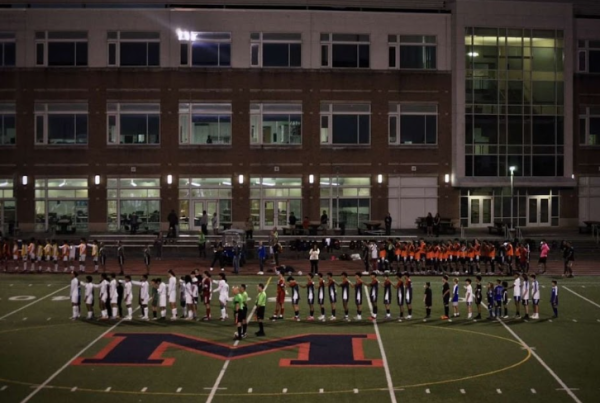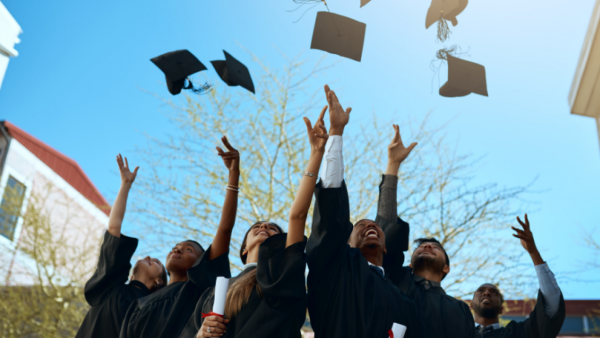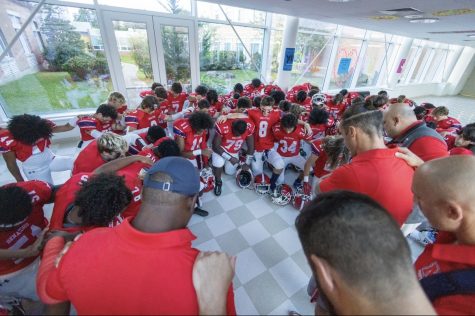Remembering January 6th
On January 6th, 2021, a mob of supporters of then-President Donald Trump stormed the United States Capitol in an attempt to disrupt the certification of the 2020 presidential election. The attack on the Capitol was a shocking and unprecedented event in American history, and it left many people around the world stunned and concerned about the state of the nation’s democracy.
The violence at the Capitol was fueled by baseless claims made by President Trump and his allies that the election had been stolen from him due to widespread voter fraud. Despite there being no evidence to support these claims, a large number of Trump’s supporters believed them and were convinced that the only way to save the country was to take matters into their own hands.
As a result, on the morning of January 6th, a large crowd of Trump supporters gathered in Washington D.C. to attend a rally that the president was scheduled to speak at. During the rally, Trump encouraged his supporters to march to the Capitol and “never give up, never concede.” Following his speech, the crowd made its way to the Capitol, where a joint session of Congress was in the process of certifying the election results.
Once at the Capitol, the mob broke through barricades and police lines, and stormed the building. Some of the rioters were armed, and there were multiple instances of violence and clashes with law enforcement. The rioters were eventually pushed back by law enforcement, but not before they had caused significant damage to the Capitol and disrupted the certification process.
The events of January 6th were a stark reminder of the dangers of political polarization and the importance of upholding democratic norms and institutions. In the aftermath of the riot, many called for those involved to be held accountable for their actions, and for the country to come together and work to heal the divisions that had led to the attack on the Capitol.

Hi, I'm Prudie! I'm a senior here at McMahon. I'm on the Norwalk-McMahon Swim and Dive team, an officer for Best Buddies, and co-managing the McMahon Archive...










